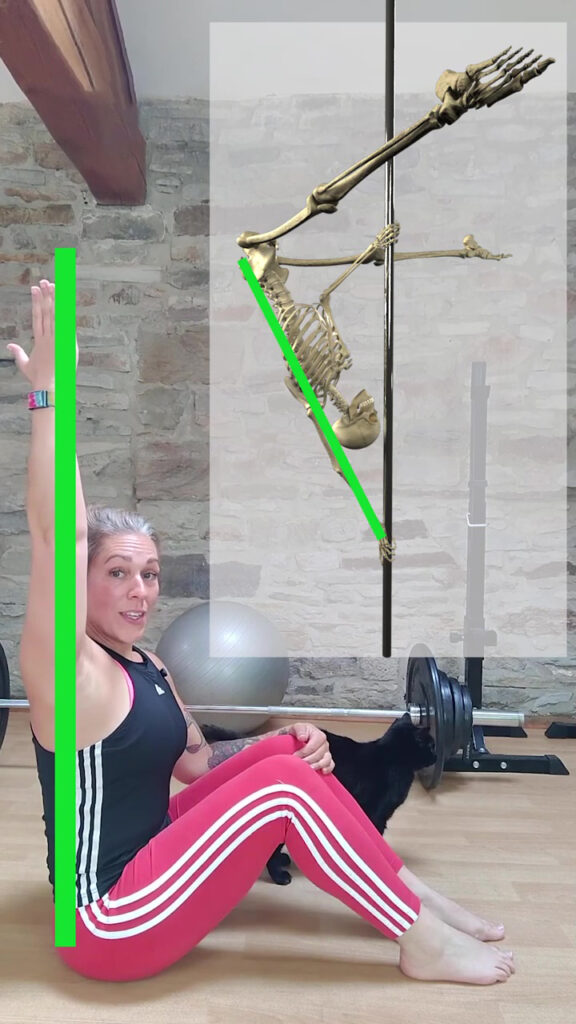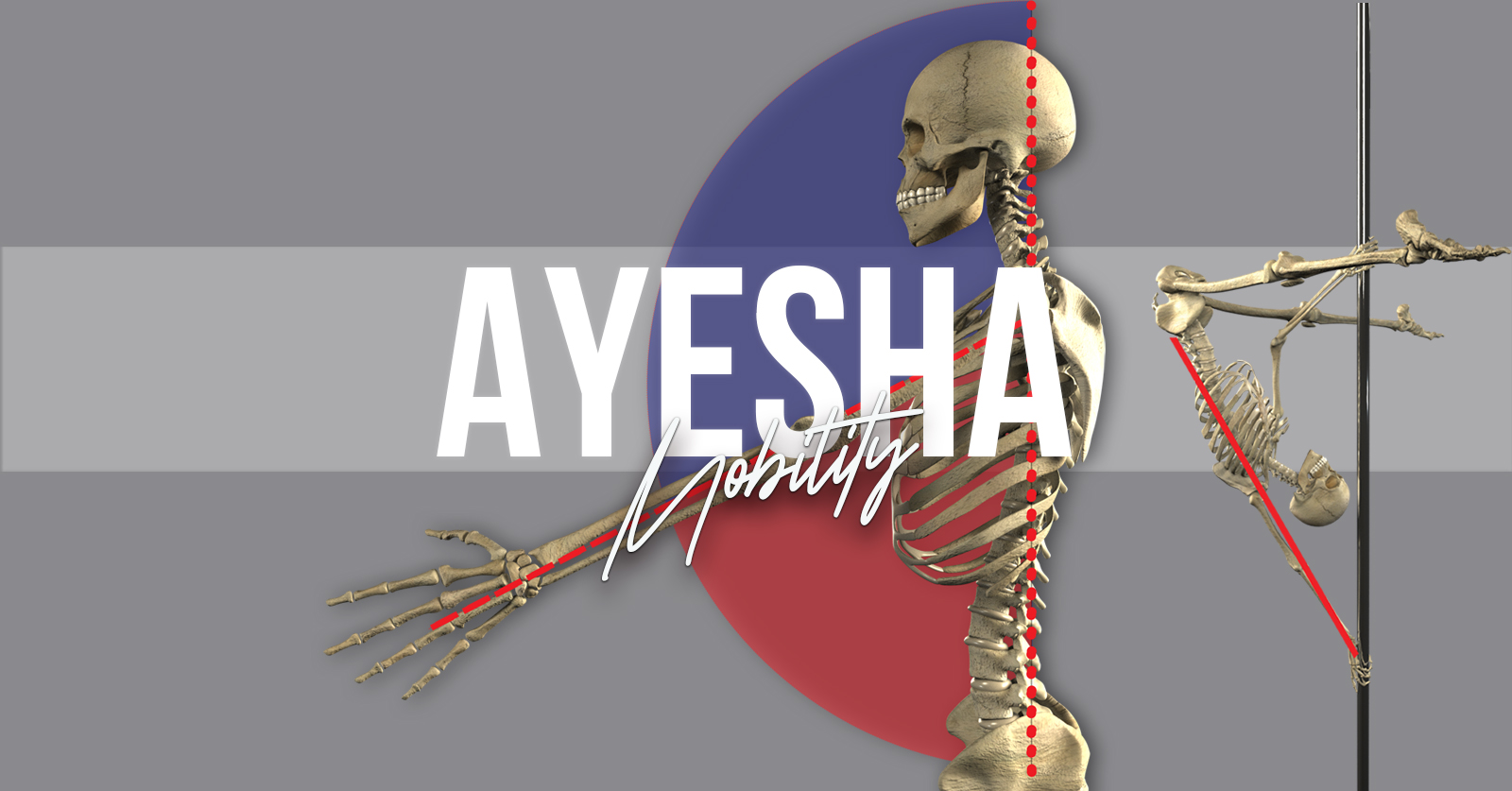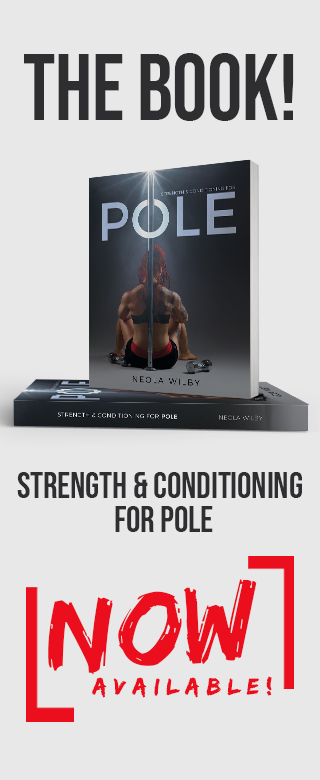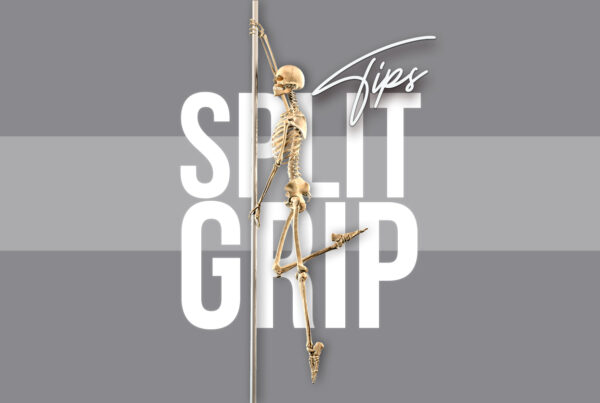You probably already know that overhead shoulder mobility is important for the Ayesha. Let’s be honest, if you’ve been following my blog for a while, you’re probably bored of me banging on about it by now!
Yup, being able to get our hand FULLY overhead allows us to access the ‘stack’ that will help us to find the balance point in our Ayesha.

BUT, as is always the way when dealing with the complexities of the human body (especially at end range), there’s some nuance to this overhead position that I wanna nerd about with you for a second…
HOW we get our arm overhead matters, too!
To zoom-in on the details, I’ve brought in someone EVEN MORE nerdy than me for a sweet little collab: the wonderful Dr Emily Scherb, The Circus Doc!
Rather watch than read? Here’s the <90 second speed watch! Keep on scrollin’ for the exercises and full details!
Optimizing overhead movement for stability and support in the Ayesha
If you’ve got full range of motion overhead – awesome! That’s Phase 1 of our ‘Am I ready for the Ayesha?’ check-in.
BUT (there’s always a ‘but’!) being able to get into that overhead position isn’t the end of the story! We also need stability and support in the overhead ‘push’ for our Ayesha!
A few different elements contribute to creating that stability and support. Here’s our pole shoulder shopping list ‘must haves’ for a strong, stable bottom arm in the Ayesha:
- Adequate roll and glide in the shoulder (glenohumeral) joint. ✔️
- Shoulder blade upward rotation, posterior tilt and internal rotation.✔️
- Appropriate amount of arm vs shoulder blade motion.✔️
- Full abduction and external rotation of the arm for the best transfer of force.✔️

Understanding these finer details is useful when it comes to training for the Ayesha, because it allows us to choose exercises (and exercise cues) that encourage these different aspects of shoulder movement. In other words: we can optimize our overhead training for pushing on the pole.
It also gives us areas to explore with our coaches and healthcare providers if we’re struggling with pain or weakness in the Ayesha!
For example… we might have full overhead range of motion but pain, inflammation or tension might prevent us from being able to access full abduction and external rotation, impacting our stability in the Ayesha position.
Or, perhaps our arm is going fully overhead, but that movement is coming from excessive mobility at the shoulder (glenohumeral) joint – in other words, our arm is moving but our shoulder blade isn’t contributing to the movement as much as it should. This will also impact our ability to push fully into the pole and make it harder to stabilize in our Ayesha.
If you are a clinician or body-nerd instructor/coach working with pole dancers or circus artists and you want to know how to assess these different elements with your patients/students… check out The Circus Doc’s FREE 2-part masterclass starting 28 April 2024!
Just so you know, I may earn an affiliate commission if you use this link and later decide to purchase one of Emily’s other courses. I’d NEVER recommend anything to you that I don’t use and love myself! Emily’s courses are THE BOMB!
Exploring exercises (and cues) for stability and support overhead
This nerdiness is all well and good, but I don’t want to leave you hanging without a little practical application of the theory!
Here are 3 of my favourite overhead exercises which incorporate some of those engagement details from our pole shoulder shopping list.
Exercise 1: Serratus slide
This exercise focuses on the upward rotation of the shoulder blade and the combination of the shoulder blade and arm movement as we move overhead. There are SO MANY variations of the serratus slide… it can be done against the wall with both arms or using a foam roller, for example. Explore different variations to find what works well for you – but here’s a version you can try against the pole!
Exercise 2: Y Pull
I do love a Y pull! This exercise helps encourage lower trap engagement and the posterior tilt of the shoulder blade (as well as some external rotation of the arm, when cued the way I have in the video).
Exercise 3: One arm plank to downdog
The one-armed plank to downdog allows us to practice moving into the active overhead push, co-ordinating the arm and shoulder blade movement as well as external rotation engagement of the arm, in the same position we use for our Ayesha on the pole.
The rotation from lateral to overhead push actually makes this a great handspring prep exercise! But if you’re not ready for that just yet, you can make this less challenging by opting for a bilateral plank to downdog instead!
And don’t forget! If you’re a clinician or body-nerd instructor/coach working with pole dancers and want to learn how to assess these elements of shoulder engagement in your patients/pole students… The Circus Doc is running a FREE Circus Shoulder Assessment Masterclass on 28 April 2024 Click here to save your place!
PS. If you’re a pole geek like me and looove exploring the anatomical details of tricks (did we just become best friends?), I think you’ll enjoy my book Pole Anatomy – available in paper copy or digital download today! Let’s nerrrrd!
Content on this website is provided for educational/informational purposes only. It is not a substitute for professional medical advice. You should consult your doctor or health care professional before doing any exercises or fitness programs to determine if they are right for your needs!






